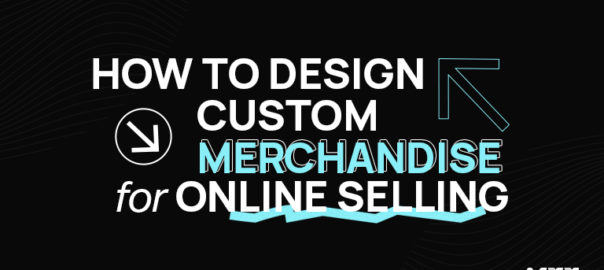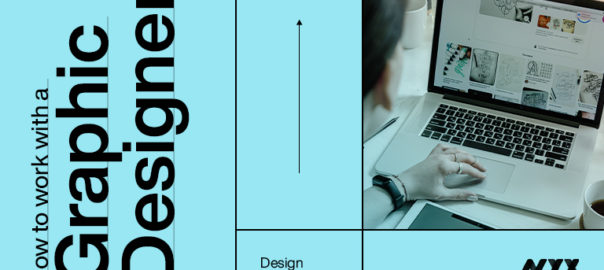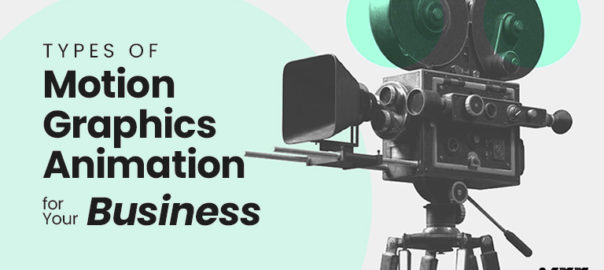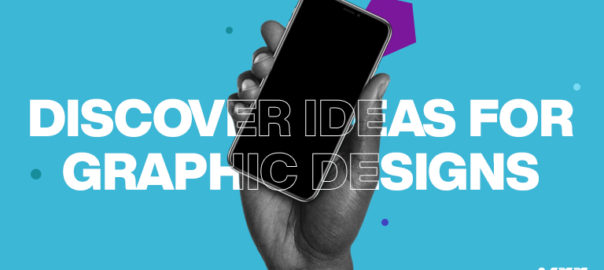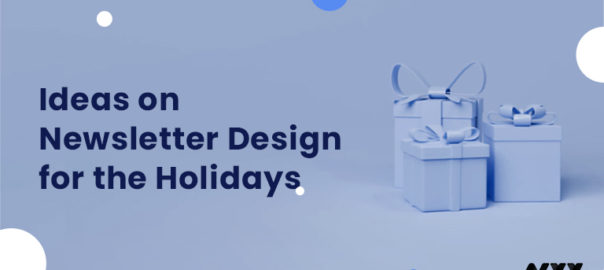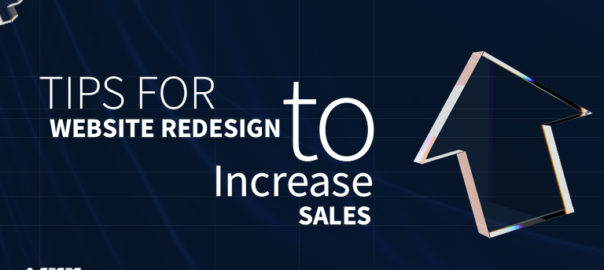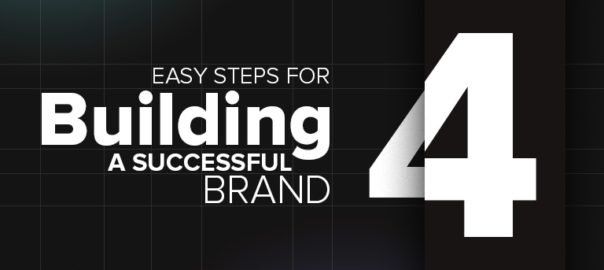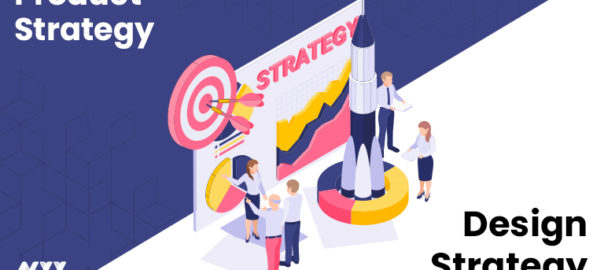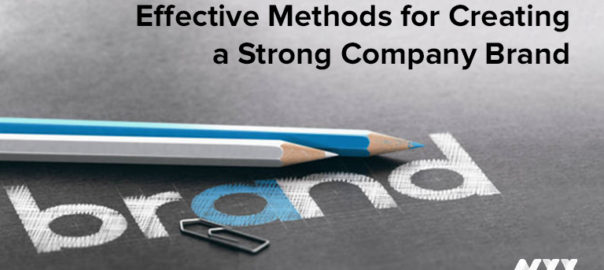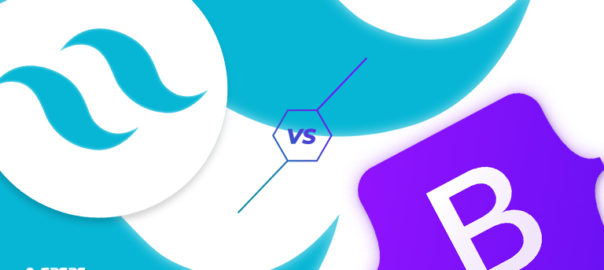Building a brand is undoubtedly a major accomplishment. When it comes to branding a firm at a low cost, you need to put in a lot of work and innovative thought. It is the most difficult component of any marketing plan since it is a complicated and time-consuming process that requires a big team to obtain the desired results.
So, are you willing to spend millions of dollars to create a brand? Or do you seek more creative escape routes for digital brand development? This article discusses cost-effective techniques to build a strong corporate brand that has a significant market share.
Online Business Branding: Overview
Product design and digital branding services are becoming increasingly important as the digital revolution continues to advance. A quick shift in your digital marketing approach might have a significant impact on your company’s future.
What is a marketer’s unique selling proposition? It’s the strategies and methods they employ to contend with fierce market rivalry. Mastering the art of branding your firm on the digital front with minimal investments is a skill that can be acquired through time.
How You Will Be Building a Brand For a Company?
Are you ignoring the importance of building a brand identity development? If this is the case, it might have a negative impact on your brand’s reputation. Only by building a solid and trustworthy brand can you attract new business. Do you feel we’re talking about making a unique brand logo? That’s not even a tenth of the branding work that goes into a company. To make a name for yourself in the competitive world of digital marketing, you need to master a variety of business skills.
It doesn’t matter if your company is large or small; branding is essential. Since there are now thousands of brands in the market, there is a lot of work to be done in order to establish a solid market position in your micro-niche. And if you’re working with a limited budget, the options become more limited since you need to choose resources and techniques that are cost-effective enough to make you stand out.
Why Is It Important To Brand Your Company?
Differentiating Yourself from Your Competition
Are you aware that a variety of businesses provide identical items and services? In such a competitive field, obtaining a distinct position is a formidable challenge. This is when branding enters into the role-play. It would be a distinctive front for your storyline if you showcased your product’s strengths, assets, values, and other aspects. Marketing your business through online branding services is a great method to show customers why they should choose you over your competitors.
Gain Recognition
The next benefit of employing a branding services agency is making your presence known to the public via social media and other digital channels. Customers recognize you as a distinct brand based on a wide range of factors, including visual, emotional, and linguistic aspects.
Your clients are more likely to buy from you if they have faith in your brand and your products. The development of client involvement through emails, advertisements, and other means is impossible without building brand recognition.
Establish Customer Loyalty
What factors do you believe contribute to some businesses’ rapid rise to fame and media exposure? How much promotion is required for this? First and foremost, there are no shortcuts to success, and building a pyramid of methods leads to brand growth on the virtual front. Developing a long-term relationship with consumers is a skill that many fail to grasp.
Businesses may benefit from new, low-cost digital marketing methods that help them build personal relationships with their customers, which improve the entire user experience. It’s impossible to grow your business via word-of-mouth or recommendations unless you have a strong brand to back you up.
Allowing New Products to Easily Be Introduced
The introduction of new items is significantly easier after your audience is familiar with your business and brand. As a result of the trust you’ve established with your clients, they know exactly what to anticipate from your organization. Be sure you maintain or improve upon the current level of quality and satisfaction with these goods and services, though. You must not jeopardize the brand and credibility you’ve fought so hard to earn.
Any business that doesn’t have a well-known and trusted brand is doomed to failure. If you want to build a powerful brand, you’ll need to put in the time and effort to do so.
Building a Brand Of Your Company on a Budget
Determine Your Target Audiences
Many firms have developed remarkable brand, but it has failed to captivate the majority of people. As a result, it is critical to focus your branding and other online marketing efforts on a small group of customers. Choosing consumers at random would be a waste of time and money for the firm.
It’s a good idea to interact with your customers and enhance your brand’s advertising by using low-cost ways to increase user engagement. This gives you the opportunity to learn about the buying habits of your target market and to narrow down your target market for the creation of a customer-centric brand.
Creating a Distinct Selling Point
The unique value proposition module focuses on designing customer-centric solutions that are superior and more effective than those of the competition. You need to focus on questions like:
- What is it that your consumers are looking for?
- In what ways may a single product or service be used to tackle several issues?
- Factors influencing a customer’s buying behavior
- Why should buyers choose your company instead of the competition?
You may use several online marketing branding methods after listening to what your clients are saying about your organization and its products and services. There are a number of advantages to communicating with your customers, such as generating more buzz for your business than your competitors.
Recognize Mission, Objectives, and Core Values
To get started, you’ll need to define your company’s objectives and goals. Identifying the company goal and a loyal client base might open doors to opportunities that are tailored to your needs. Once you’ve narrowed down your target market, you’ll need a clear vision for your company’s future. After this, you may begin designing products and services that are suited to the needs of your customers. Only once you’ve mastered branding your company to set it aside from the competition, it is possible to develop a customized product base.
Your digital marketing plan should reflect your brand’s unique characteristics and adhere to your company’s core values. Brand creation must be motivated by the organization’s aims and objectives. This might help you attract more users’ attention and motivate you to seek out a market share that is entirely your own.
Characterize the Brand Personality
Building a brand personality is the next step in branding your firm. This implies that the module should incorporate any prerequisites demonstrated by your company. In order to win the market race, it’s important to have a personality that reflects your business aims.
Getting in touch with your customers has never been easier because to the numerous digital marketing strategies available. How you portray yourself as a visionary and enigmatic thinker is how you portray your brand identity. If you want to have a powerful brand voice, you need to believe in yourself and your company. If you want your brand to stand out from the crowd, it’s critical that you position it correctly.
Integrating Branding Across Numerous Channels
Digital marketing has far more influence than you may think, and its results can be stunning enough to accomplish desired objectives. There are various methods for promoting your firm, which means more money is made and returns are better as a result. If you want your brand to shine through all of these platforms, you’ll need assets like your fonts, colors, and logo to help you do so. There are a number of ways that you can include your brand’s vision and goal into your website’s page content.
To stand out from the rest of the pack, it’s important to emphasize your company’s essential beliefs. If you’re serious about achieving your goals and migrating to digital branding, professional advice on how to categorize the channels would be a great help.
Maintain Consistency in Marketing
Branding your company is a continuous activity that contributes to the establishment of your brand and the firm’s existence. Creating a positive first impression for your company is an iterative process. Social media networks are a great method to connect with potential clients who are looking for your products or services directly. It’s hard to achieve your goals without a well-coordinated branding strategy.
In Conclusion
Building a favorable company image is made easier by implementing digitalization into your company’s work culture via the use of effective business branding methods. If you’re running a small business, it doesn’t imply that you should stick to the traditional ways of branding. Having a clear vision and a creative mind may help you succeed in the digital world and brand your firm! Contact our branding experts today to learn more.
Read more about how to start branding for your startup, here.


